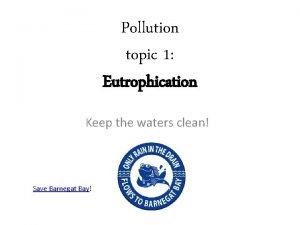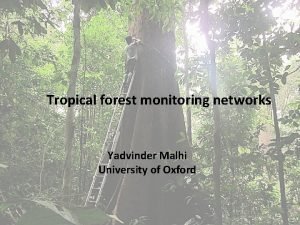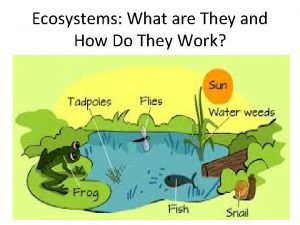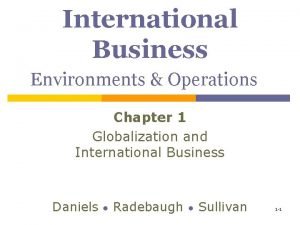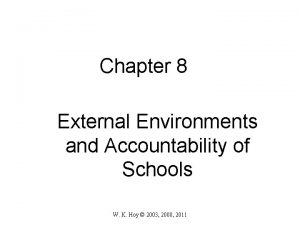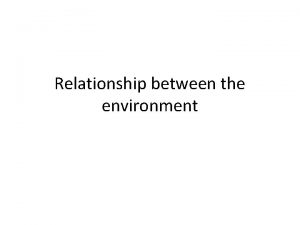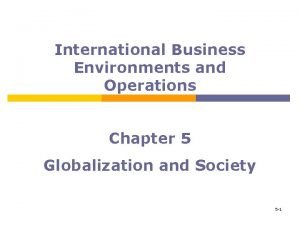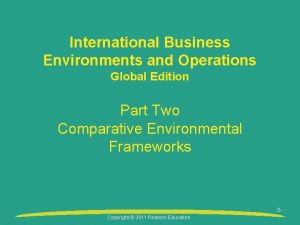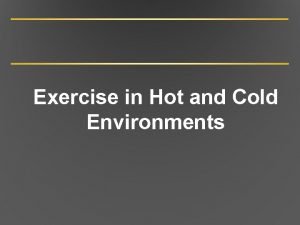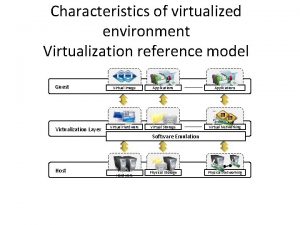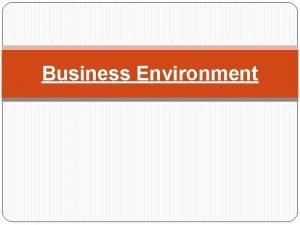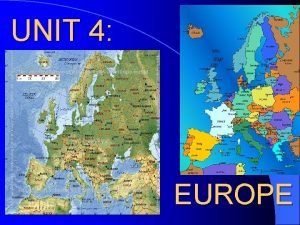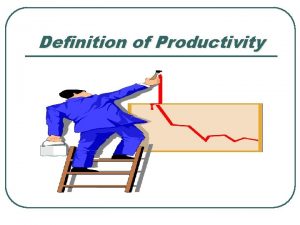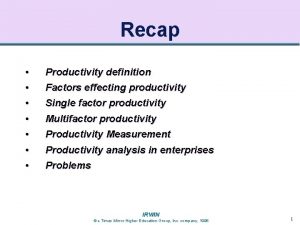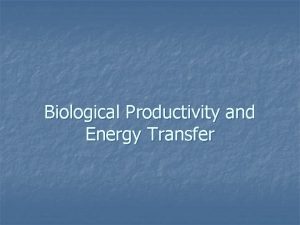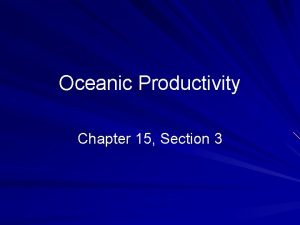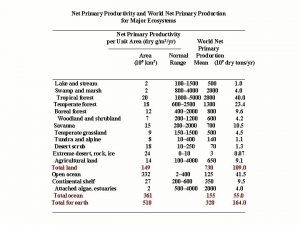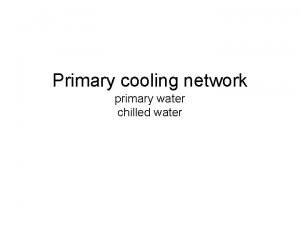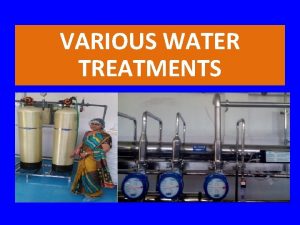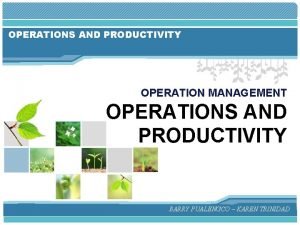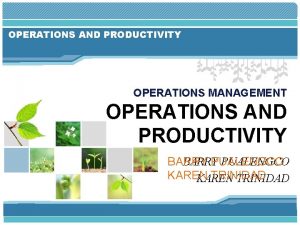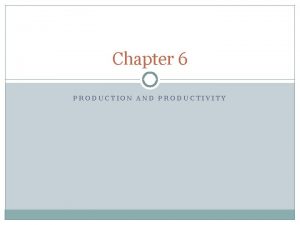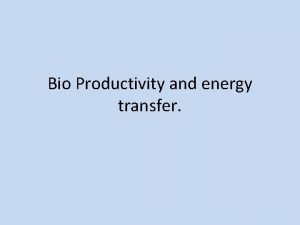Environments and Primary Productivity Environments n Pelagicthe water

















- Slides: 17

Environments and Primary Productivity

Environments n Pelagic……the water Neritic – over continental shelf n Oceanic n Epipelagic: down to 200 m n Mesopelagic: 200 -1000 m n Bathypelagic: 1000 -4000 m n n Benthic…. . the bottom

Neritic 200 m

Oceanic Epipelagic 200 m Mesopelagic 1000 m Bathypelagic 4000 m

Light zones in ocean n Photic n Light for photosynthesis n Usually 0 -100 m n Aphotic n Without light n Deeper than 1000 m

Benthic Environment n Similar zones as pelagic n Omit details and new names

Making a living in the ocean n Primary productivity, respiration, decomposition n Depth zone differences n Differences between “climate” zones n Food chains and food webs

Primary productivity n Photosynthesis carbon dioxide + water sugar + oxygen n Chemosynthesis hydrogen sulfide + water + oxygen + carbon dioxide sugar + sulfuric acid

Primary productivity: rate at which biomass is produced by photosynthesis or chemosynthesis

Respiration and decay n Basically the opposite of photosynthesis n Releases nutrients back into the ocean n Uses oxygen (consider other sources of oxygen to the ocean)

Oxygen with depth (red) Nutrients with depth ( green) Relate pattern to photosynthesis, respiration, decay and other processes

Example of primary producers n Algae n Diatoms n Coccolithophores n Dinoflagellates n Basis of food webs and ecosystems

Variations in productivity verses latitude n Photic zone important for photosynthesis n Some areas of ocean are light limited, some are nutrient limited, some are both n Pictures can tell the story of relationships n Polar region n Equatorial region n Temperate region of ocean


Global ocean productivity: What causes this pattern?

Food webs and chains

Efficiency of energy transfer: Relate to number of trophic levels Upwelling region Coastal region Open ocean
 Water and water and water water
Water and water and water water Process of primary productivity
Process of primary productivity Gross primary productivity
Gross primary productivity Zone of tolerance
Zone of tolerance International business and globalisation
International business and globalisation Example of external environment in school
Example of external environment in school Agent a chapter 2
Agent a chapter 2 Interrelationship between macro and market environment
Interrelationship between macro and market environment International business environments and operations
International business environments and operations International business environments and operations
International business environments and operations Exercise in hot and cold environments
Exercise in hot and cold environments International business environments and operations
International business environments and operations The primary pigments are _____ the primary colors.
The primary pigments are _____ the primary colors. Fwa dan dwa
Fwa dan dwa Characteristics of virtualization in cloud computing
Characteristics of virtualization in cloud computing Meaning of business environment
Meaning of business environment Chapter 13 natural environments of europe
Chapter 13 natural environments of europe Peng cui tsinghua
Peng cui tsinghua

